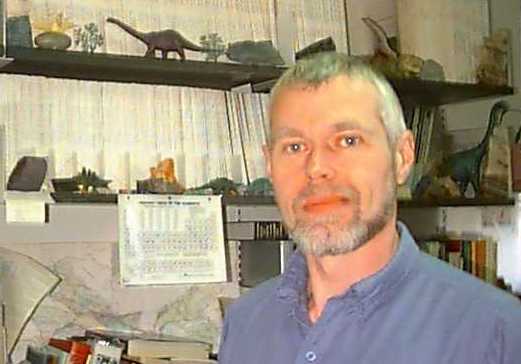Philip W. Fralick

Lakehead U. Propaganda Photo
M. Sc. Thesis
Tectonic and Sedimentological Development of a Late Paleozoic Wrench Basin: The Eastern Cumberland Basin, Maritime Canada
(PDF - Mb)
With the general acceptance of the plate tectonic theory the intercontinental correlation of intervals of tectonic activity has become commonplace. The interpretation of the Fundy Basin System as a rift (Belt, 1968) has produced serious problems in developing continental reconstructions and collision histories during the Devonian and Carboniferous. The re-evaluation of the Fundy Basin System as a system of wrench basins bring the sedimentological model for the area during the Late Paleozoic in agreement with palaeomagnetic (Kent and Opdyke, 1979) and structural (Eisbacher, 1967) models.
The eastern portion of the Cumberland Basin was the site of wide-spread volcanism immediately after the main phase of the Acadian Orogeny. This signalled initial basement fragmentation in the area. With time clastic sedimentation increased in importance over volcanism. By the Early Carboniferous thick wedges of coarse siliclastics were being deposited in deep basins formed in the downsunken portions of rotated blocks while the upraised edges provided proximal source areas. To the west during this episode large areas were undergoing rapid elevation and slow denudation through erosion. Thick, find-grained, fluvial deposits produced by this activity blanket the study area. In addition to the broad basins developed through block rotation, small, deep basins also developed. These are probably the result of wrench fault movement producing pull-apart basins yoked to adjacent upthrust source areas. In late Westphalian A time the largest and last of the pulses of basement instability occurred. Major wrench faulting and block rotation typify this pulse in the eastern Cumberland Basin while to the west (Van de Poll, 1976) the source area for the last major siliclastic blanket was produced. This final orogenic episode may signal collision between North America and Europe and Asia.
Keywords:
Pages:
Supervisors: Paul Schenk



